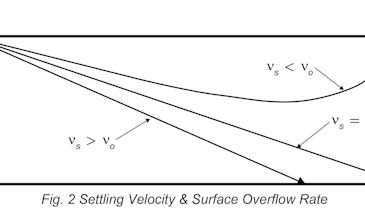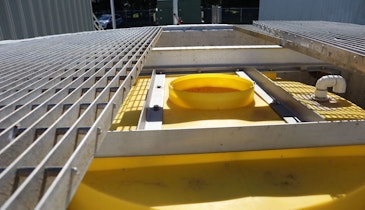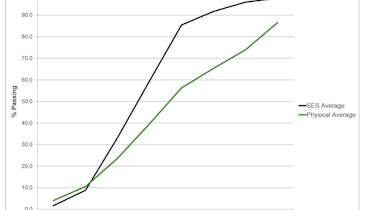
Biological processes have evolved to become more efficient and produce a cleaner effluent in smaller areas. Biosolids management processes are advancing to increase biogas production, improve solids reduction, produce class A biosolids, improve pathogen reduction, and recover nutrients in efforts to increase energy production and solids disposal options.
As plants move toward higher performing processes, effective screening and grit removal becomes more important. While design standards for headworks processes are changing, many plants continue to deal with grit and debris in their sludge treatment processes.
Debris and sediment displaces valuable volume in digesters and other advanced digestion processes, reducing their capacity and effectiveness. Cleaning the equipment for these processes is typically manual, time consuming, expensive and can be dangerous due to toxic gasses, confined-space entry and material handling.
Download this case study to learn how a plant in western Canada has improved treatment performance with the Hydro-Sludge Screen and SlurryCup and Grit Snail sludge degritting solutions from Hydro International.
Download Case StudyVisit the Hydro International Storefront





